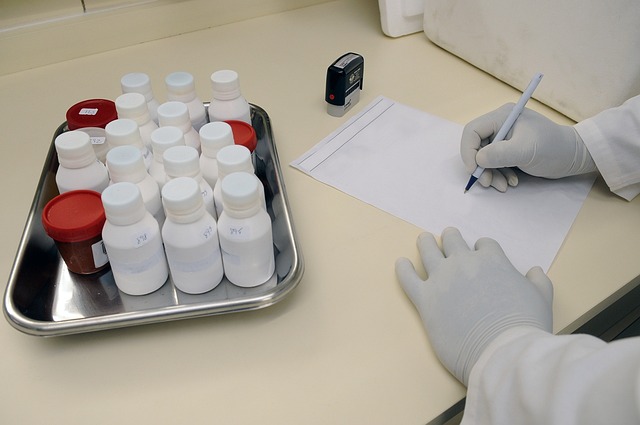Revolutionizing Pathological Diagnosis: Technological and Health Innovations
In the ever-evolving landscape of medicine, the field of pathological diagnosis stands out as a critical pillar supporting patient care and treatment. With advances in technology and health innovations, this domain is experiencing a transformative shift that not only enhances diagnostic accuracy but also improves patient outcomes.
Technological Innovations
The rise of digital pathology is one such technological breakthrough that significantly improves the efficiency and effectiveness of diagnoses. Digital imaging techniques allow pathologists to analyze high-resolution scans of tissue samples rather than relying solely on traditional glass slides. This transition not only streamlines the workflow but also enables remote consultations, breaking geographical barriers and facilitating collaborative diagnoses.
Moreover, artificial intelligence (AI) and machine learning are taking pathological diagnosis to new heights. These technologies can analyze vast amounts of data quickly and accurately, identifying patterns and anomalies that may elude the human eye. For instance, AI algorithms can process thousands of histopathological images to help detect cancer at its earliest stages, making it a promising partner in diagnostics.
Additionally, innovations in biomarker discovery offer new avenues for precision medicine. By identifying specific biological markers associated with various diseases, pathologists can provide more personalized diagnostic services. This means that patients can receive targeted treatments that are tailored to their unique genetic makeup, making the process more effective and less invasive.
Health Innovations
On the health innovation front, the integration of telehealth services into pathological diagnosis systems has significantly expanded access to quality care. Patients living in remote or underserved areas can now consult with specialized pathologists without the need for travel, ensuring that timely and accurate diagnoses reach them when needed the most. This accessibility can make a profound difference in the early detection of conditions, thereby improving treatment success rates.
Furthermore, the development of mobile health applications allows patients to engage actively in their healthcare journey. These applications can track symptoms, manage appointments, and even provide educational resources regarding their conditions. By giving patients more control and understanding of their health, we empower them to take proactive steps toward maintaining their wellbeing.
As we continue to embrace these innovative technologies and health strategies in pathological diagnosis, the potential for improved patient outcomes becomes ever more tangible. The fusion of cutting-edge science with compassionate care is paving the way for a healthcare system that prioritizes not just accuracy, but the overall experience of every individual. The future of diagnostics is bright, and as this revolution unfolds, it paints a hopeful picture for healthcare worldwide.




